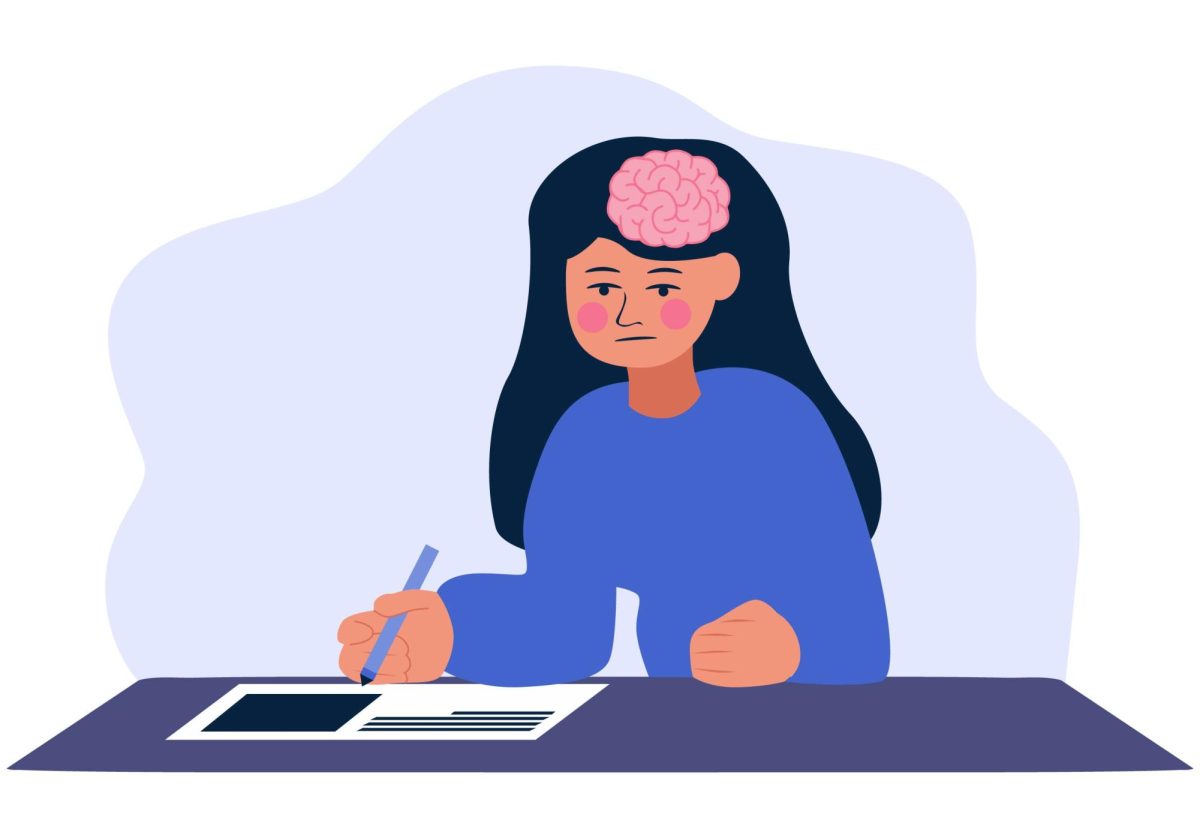What sorts of things do you think about while riding your bike? I think about the night I met a man with a broken lumbar vertebrae. He didn’t live very long after I met him. This was at an Army hospital, where I was called down from my serene psych ward duty station to help out in Trauma One. “Helping out” usually meant cleaning up blood, bagging personal effects, and calming the frantic families of patients who, it seemed, wanted to bust through the swinging doors and perform the surgery themselves.
I think about this man who broke one of his lumbar vertebrae when I ride my bike around the University, weaving in and out of traffic and pedestrians. I find myself thinking about him almost daily, which is odd Ö because I don’t know his name, though I had glanced at his military ID card.
He was a stranger in a strange land twice over, a soldier from Pakistan hired to serve the United Arab Emirates and sent to Fort Bliss, Texas, for training. He was a passenger partially ejected from a car that rolled spectacularly. When the trauma staff tried to move him, carefully, backboard and all Ö he projectile-vomited what I thought was blood, but turned out to be red wine and Ö linguine, I think. His last non-intravenous meal, as it turned out. I was trained to point out anything odd which might add to patient data, so I inquired about the smell of alcohol Ö wasn’t this man a Muslim? Don’t Muslims abstain from alcohol? The nurse said simply, “Allah knows that men are weak.”
I later learned what she meant, at least the way she was seizing the phrase and applying it. Sometimes Muslims don’t strictly adhere to the rule against alcohol, particularly in a non-Muslim nation. Like most Christians, they rationalize their conduct. Supposedly, despite prior written notice, Allah forgives their weaknesses, just like gentle Jesus allegedly forgives all the fornicators here at the University.
I remember this man had a pair of black and white patent-leather shoes, which I learned were his favorite. “My shoes,” he kept saying, because he couldn’t feel his feet. “Where are my shoes?” These were likely his last words. Maybe today those shoes are relics sitting near a photograph of the man, never to walk or dance again.
Ah, to be alive and ride a bike. Part of the thrill of bike riding at the University is all the close calls, the need to be inventive in a split second – the shoe leather e-brake for steep descents, spotting a rider coming up fast from behind by a long evening shadow, and the need to calculate 20 different pedestrian and bike trajectories at once as a crowd spills from Coffman Union. Bikes and pedestrians are easy, like predictable constellations, but skaters are like unexpected shooting stars.
I am not regular traffic. It is simply not physically possible to get in there and compete with heavy monsters of steel, glass and internally combusting Middle Eastern gasoline. Bicyclists need the sidewalk to survive, even where there are bike lanes. University police seem to comprehend bicyclists are flesh, blood and a little bit of rubber under a metal frame. I suppose if some bicyclist started dangerously dodging through pedestrians, the long dormant rules would be enforced.
As it now stands bicyclists are polite. So polite because we know we’re not really supposed to be on the sidewalks, so we push along with our feet, sometimes, and master the long, slow roll. Yet we’re lawbreakers. Theoretically, we don’t belong on sidewalks. We roll right over the symbols of our trespass, a bike within a white circle, like the first breaking of a communion wafer.
Ah, that symbol on the sidewalk. Please note the white slash through the biker is the same relative scale as a truck bumper. On some symbols near Carlson School of Management, the truck bumper takes out the biker’s lower back. On the more common symbols in Dinkytown, the truck spares the biker’s vertebrae but takes out wrist, radius, ulna and then the biker’s femur. There’s no rational reason for the different symbols.
I say reform the local biking laws, ever so slightly. Bikes should always be allowed on the sidewalks if the rider judges it necessary. Shocking as it sounds to habitual auto users Ö sometimes you just have to go the wrong way down a one-way bike lane. I suggest this rule: Hit a pedestrian and you’re responsible. Hit a pedestrian, and you pay. This is, currently, the practical impact of the rarely enforced rules. Why do police look the other way for bikers? Because it is impossible for flesh and blood to follow rules which are too high and too hard, like rules which say never to drink alcohol. Never use birth control. Never ride your bike on the sidewalk. Yes, this may be the rule in a musty old book but wise officers and A Reasonable, Loving Deity know that flesh is weak, and some rules were meant to be bent.
John Hoff welcomes comments at [email protected]






